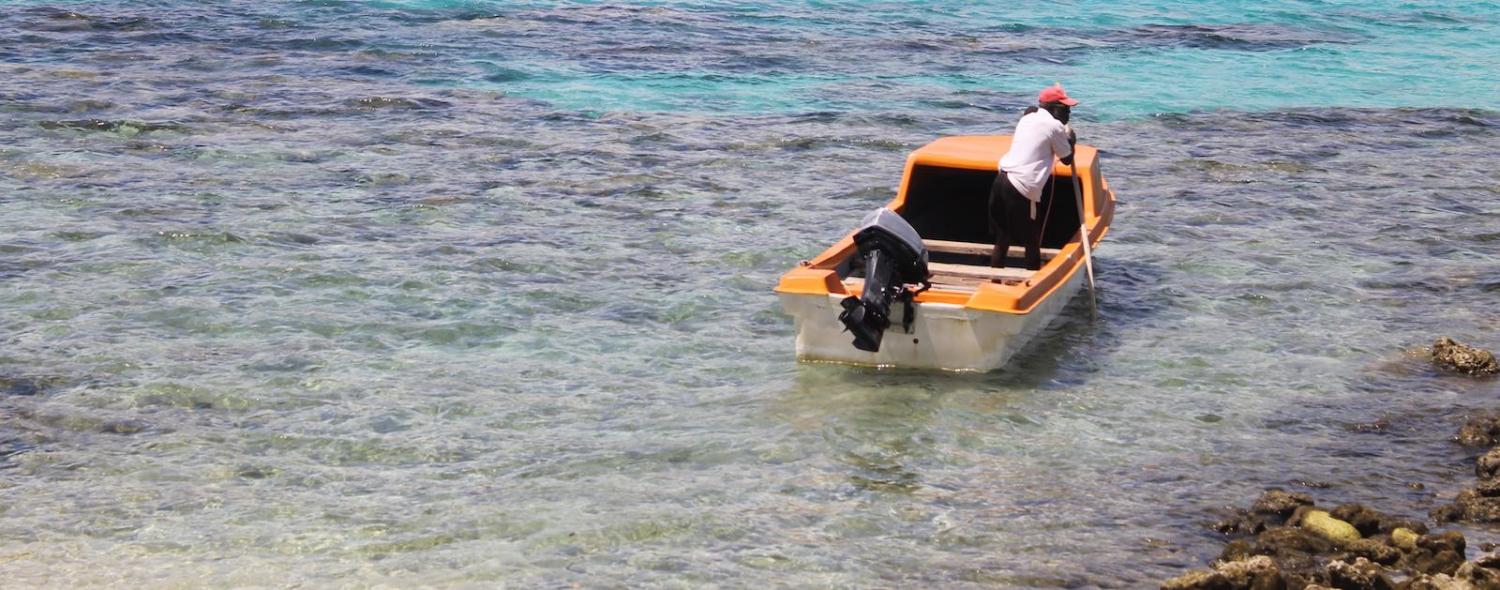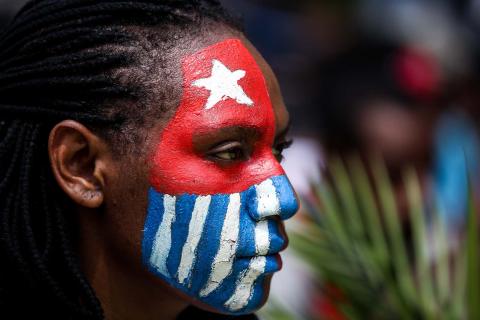Last month, Chinese Foreign Minister Wang Yi met with Australia’s Foreign Minister Marise Payne on the sidelines of the United Nations General Assembly in New York. Wang Yi struck a surprisingly conciliatory tone, expressing the wish to partner with Australia in the development of the Pacific Islands region.
While Australia remains by far the largest aid donor and trade and investment partner in the region, shown by the Lowy Institute’s Pacific Aid Map, China has increased its aid program rapidly in recent years, spending approximately US$1.26 billion in the Pacific from 2011 to 2018.
With China now challenging Australia’s traditionally preeminent position in aid in the Pacific, the question remains whether Canberra can work together with new donors, particularly China, to reconcile vastly different aid and development programs and reduce tensions and suspicion.
The focus on collaboration instead of suspicion will help to deliver projects that have real, lasting benefits for the Pacific.
Indeed, China’s interests in the region are met with considerable suspicion by traditional partners. While China insists that its engagement in the Pacific is benign and a natural part of their growing global economic clout, the pace of China’s engagement in the region, not to mention the rumours of military bases, is raising concern.
Traditional aid partners’ responses to this rising level of assistance has been incoherent, swinging between criticism to fragile attempts to establish broad collaboration. On its side, Australia is putting in effort to coordinate with China on aid projects through initiatives such as the Trilateral Malaria Project, but the project remains in early stages, and how genuine the engagement is on both sides, remains to be seen. Australia, like other traditional donors, lacks a nuanced understanding of China’s development agenda and has been slow to realise that it cannot “socialise” China into becoming a Western-style donor, with stronger donor coordination and a single coordinating institution.
Traditional donors such as Australia share several concerns about Chinese development assistance. Its opacity and unconditionally, with aid in the form of block grants and concessional loans with minimal conditions usually dealing with infrastructure, contrasts Australian aid’s focus on programmatic grants with strict administration requirements and its heavy focus on good governance and building strong democratic institutions.
Chinese aid’s tied status also limits spill-over benefits to the local economy: labour from Chinese state-owned enterprises are a common feature of Chinese aid, with projects around the Pacific undertaken by Chinese contractors which has regularly resulted in a lack of employment of Pacific Islanders and caused tension and violence between locals and Chinese migrants. Chinese aid has also come under scrutiny for its lack of transparency, lack of environmental safeguards, and security concerns given the background of the recent “bugging” incident in Chinese-constructed African Union building.
This is not to say that Australian aid and development assistance is not without fault. Australian aid in the Pacific has been criticised for being unsuccessful and poorly planned. Vanuatu journalist Dan McGarry’s reflections provided some insight into the shortcomings of Australian development projects in Vanuatu compared to Chinese-funded projects.
While Australian and Chinese development assistance is vastly different in nature, both donors do share common development proprieties that could form the basis for targeted cooperation. These include economic growth and pursuing UN-led human development agendas like the Sustainable Development Goals. Given these shared priorities, the role of multilateral institutions in coordinating aid projects provides an opportunity to reconcile the differences between aid and pursue mutually recognised goals.
Australia should promote multilateral institutional structures and policy frameworks that facilitate collaboration between traditional and emerging donors and recipient countries. There is currently no neutral international forum where traditional and emerging donors can take place – traditional platforms like the Organisation for Economic Cooperation and Development (OECD) are Western dominated and exclude development partners such as China with non-traditional approaches to aid.
The development of a neutral, multilateral forum (such as the G20 Development Working Group and UN Development Cooperation Forum) could allow for better coordination and lay the groundwork for increasing engagement between Pacific, Chinese, and Australian officials.
Through these forums, it would also be possible for Australia to better leverage its knowledge of and position within the Pacific to push for increased cooperation and transparency, and to improve donors' cultural understanding of recipient nations and the needs of communities. For instance, some aid projects such as the Lae Port project in PNG reportedly used local labour and contractors with in-country experience and understanding. Yet other projects, such as the Ramu Nickel Mine in PNG where the management of the mining company found it difficult to apply Chinese approaches to a PNG context, sheds light on the lack of cross-cultural communication and community engagement that some aid projects suffer.
Increasing dialogue between donors and recipient countries will help to alleviate concerns and build trust and understanding for ongoing projects.
Earlier this year, PNG’s Foreign Minister Rimbink Pato said that PNG:
Will work alongside all the other development partners to ensure that we get the processes right.
Similarly, New Zealand’s Foreign Minister Winston Peters said in March that:
Pacific countries want to stand on their own two feet as equals, make their own choices, and have their distinctive voices heard on the global stage.
Australia should work on reshaping the multilateral system to facilitate better global collaboration on aid and development.
By increasing practical coordination with China and other development partners on the ground, Australia can help to support developing countries to maximise the benefits of investments by new donors through better governance frameworks. The focus on collaboration instead of suspicion will help to deliver projects that have real, lasting benefits for the Pacific, and the wider developing world.


